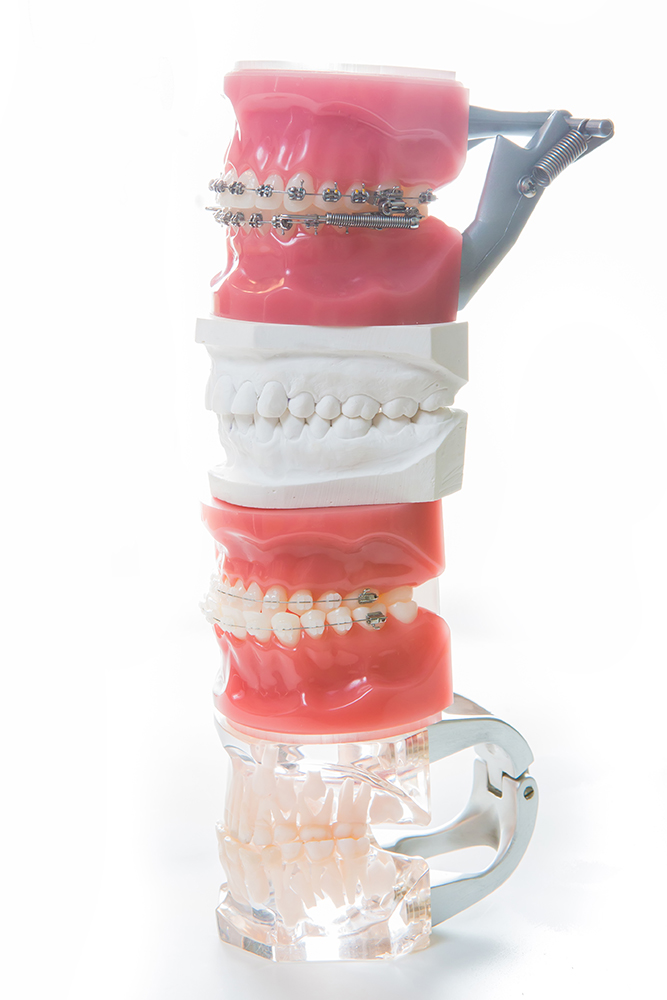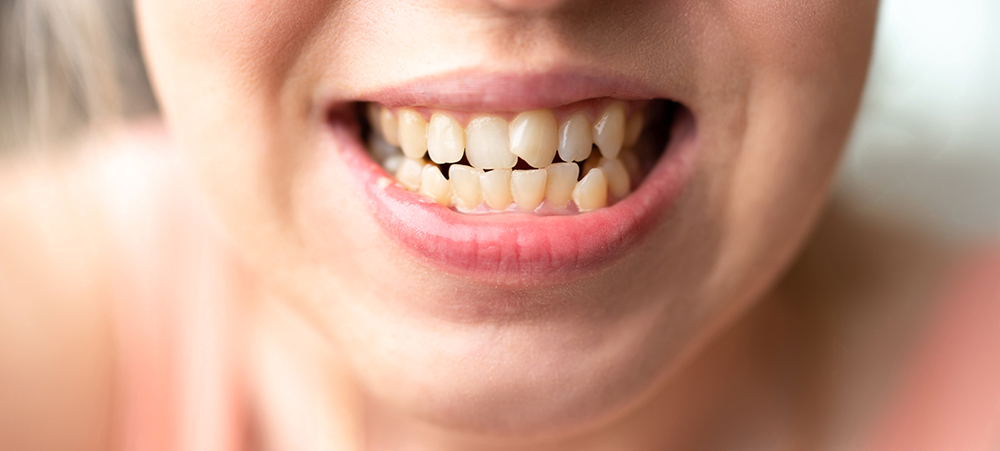Orthodontics
Orthodontics is a dental specialty focused on aligning your bite and straightening your teeth. You might need to see an orthodontist if you have crooked, overlapped, twisted or gapped teeth. Common orthodontic treatments include traditional braces, clear aligners and removable retainers
What is orthodontics?
Orthodontics is the branch of dentistry that focuses on diagnosing and treating “bad bites” (malocclusion). Common orthodontic treatments include braces, clear aligners and retainers
The way your teeth fit together has a significant impact on your oral health. By improving the way your upper and lower teeth meet, you can reduce your risk for a host of oral health issues, including cavities, gum disease and excessive wear (erosion)

Who offers orthodontic treatment?
In most cases, orthodontists perform this type of treatment. An orthodontist is a doctor who receives two to three years of additional training after graduating from dental school. They focus on improving your bite. They don’t perform general dentistry treatments like fillings, crowns or bridges

When should I take my child to the orthodontist?
According to the American Association of Orthodontists, children should have their first orthodontic visit no later than the age of 7. While many children won’t need treatment at this age, it’s a good time to find out if there are any issues to watch out for. Often, children who need early orthodontic treatment can reduce their need for extensive dental procedures in the future
Who benefits from orthodontics?
Almost everyone can gain some benefit from orthodontics. But some people need treatment more than others. Many people seek orthodontic treatment because they want to improve the appearance of their smile. But in addition to cosmetic benefits, orthodontics offers improved chewing function and better oral health

Common orthodontic problems
Types of orthodontic problems include:
Overjet, when your upper teeth stick out over your lower teeth
Underbite, when your lower teeth stick out further than your upper teeth
Overlapping teeth
Crowded teeth
Crooked teeth
Rotated teeth
Impacted teeth (which are partially or fully trapped in your jawbone)

Who shouldn’t have orthodontic treatment?
To qualify for orthodontic treatment, you shouldn’t have any serious dental issues like extensive decay or gum disease. Placing braces on diseased teeth can have a serious negative impact on your oral health
If you have cavities or gum disease, see a dentist for treatment. Once you manage those conditions, ask your dentist if orthodontic treatment is right for you

What are examples of orthodontic treatment?
There are several treatments that fall under the specialty of orthodontics. Some of the most common include:
Braces
Clear aligner
Retainers
Palate expanders
What are the advantages of orthodontics?
The cosmetic benefits of orthodontics are clear. But these treatments offer functional and health-related advantages as well:
When your teeth are in proper alignment, they’re much easier to clean
Straightening your teeth can improve chewing and speech function
Orthodontic treatment can ease pain related to TMJ disorder
An aligned bite can reduce your risk for cavities, gum disease and other oral health issues
Orthodontics can help you achieve and maintain a beautiful, healthy smile
What are the disadvantages of orthodontics?
The main disadvantage is short-term: You’ll have to follow treatment guidelines closely and be patient until you reach your goal. For some people, orthodontic treatment takes less than one year. For others, it can take up to two years or longer. Because every person has their own unique needs, treatment times look different for everyone. Ask your orthodontist what to expect
If you don’t clean thoroughly around your orthodontic appliances, you also have a greater risk of cavities. Be sure to follow your orthodontist’s oral hygiene recommendations

